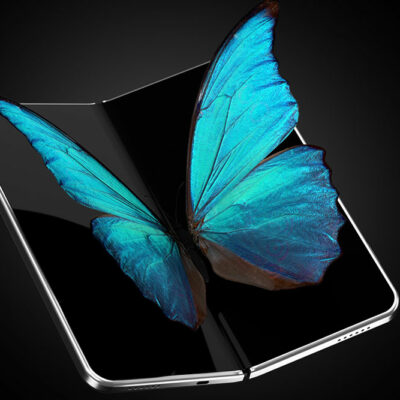
7 benefits of using Google Ads
In today’s internet age, digital marketing is a great way to reach out to potential customers. Google is perhaps the most popular web browser people use to search for information on anything and everything. So, naturally, using Google Ads as a tool for marketing purposes is a good idea for brands, both big and small. There are several invaluable benefits every company can enjoy by using Google Ads for marketing.
Increased leads
Google Ads surely has been successful in generating leads. The platform helps businesses find the right audience for whom the product is made. However, one must properly set up their ad campaigns for the best results. The ads should be extremely targeted and, when clicked, lead to either the website or another page relevant to the campaign’s objective. Since Google Ads provides insights, one can refine the campaign according to the changing search pattern trends.
Suitable for all
Google Ads can help every brand grow, regardless of whether it is big or small. Even an entrepreneur creating and selling artwork in a remote location can use the platform. They can use it to make ads and target them based on the audience’s location, age group, or the kind of gadget they are using to access the Google search engine or other Google-based apps. This is why Google Ads is also known as a flexible marketing tool. One can change so many parameters according to their business’s needs. Users also enjoy flexibility in terms of how much money they want to spend daily on the campaign or how much they want to spend per click!
Better return on investment
Earlier, people would find it hard to gather data to understand how well their marketing and advertising strategy was performing. As a result, they would estimate numbers and make business decisions based on that. Today, brands can use Google Ads to gather data and not rely on guesswork. The platform lets people know the exact return on their advertising spend, which helps them make better campaigns that cost less yet reach out to more audiences. However, one must use the tool properly to reap these benefits. Usually, campaign managers spend a lot of time testing the campaigns, changing the inputs, and tracking the changing trends. They try to understand how the audience is responding and modify campaigns accordingly to save money and time.
High-quality traffic
Google has a vast customer base, meaning brands can draw people to their websites by using Google Ads. The platform can be beneficial for brands to get not just traffic but quality traffic. It shows relevant ads to users, which means it filters out customers. Only those interested in the product and those likely to buy are sent to the business’s website. Sometimes, the tool will also likely provide the brand with valuable customer data, like email addresses. This allows the brand to target their communication to these customers in the future and get a sale out of them.
Transparency
This is one of the biggest perks of using Google Ads. It gives brands live updates about the campaign and lets them know how all the metrics are performing. Is the reach as good as expected? Are there enough clicks? Does the demographic have to change for a better result? Which platform should these ads be shown on? Should they be kept time-specific? This kind of transparency was impossible a few years ago as firms mostly relied on traditional marketing strategies. Earlier, much of their research was based on focus groups and data collection at the end of the year, which would not be accurate. The live insights Google Ads provides help brands thoroughly understand their users, making it easier to release targeted ads and campaigns.
Better customer insights
As mentioned above, Google Ad campaigns help brands better understand their customers. While not every person is the same, there are always some similarities in how they browse, shop, or look for information on products or services. After working with the tool for some time, campaign managers understand these differences. They understand the language that works with their target users, what time of the day they are likely to shop, how long they are willing to stay on a page, what their spending limit is, and so on. These observations are made from all the data collected and analysis reports provided by Google Ads.
Different types of ad campaigns
Brands can explore various types of Google Ad campaigns. These include search network campaigns, display network campaigns, shopping campaigns, video campaigns, and app campaigns. With each of these types, the customer base is unique and the way data is collected and understood is different. The place where the ad will appear is also different in each campaign. Understanding how each of these Google Ad campaigns works and deciding which one is best for the brand can take some time. That said, business owners do not need to struggle with the process. There is also a Google guide that is easily available for free for business owners to understand these marketing strategies and make the most of them in the long term.


